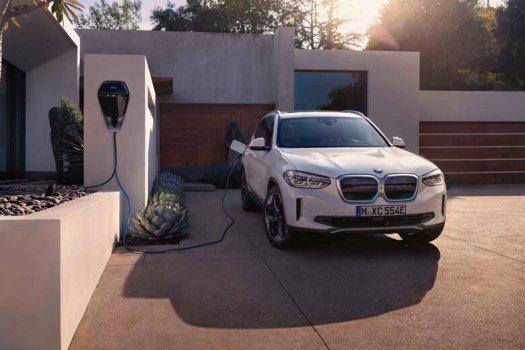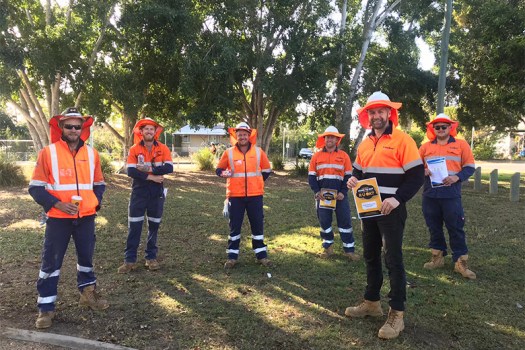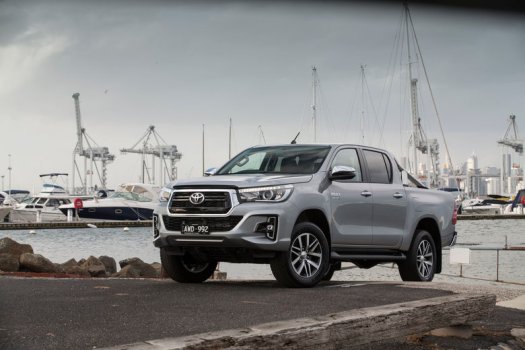
Delivering a high-quality customer experience (CX) to constituents, the growing demands for online, mobile and voice security, changing call-centre environments and the impact of digital disruption are some of the issues keeping the government sector up at night.
However, these challenges are not isolated to the public sector, they’re being seen far and wide.
A recent study revealed that only 40 per cent of Australian consumers felt their experience was personalised, across different sectors. When specifically quizzed on the public sector, 72 per cent of those surveyed said that there was a lack of recognition and delayed service in their interactions with government, which created a ‘disconnected’ experience.
The Australian public wants to see more government services digitised, in a secure manner, extending the reach of social services and citizen engagement. Can newer technologies help overcome these challenges? Absolutely. In fact, two-thirds of Australian’s believe that the government needs to deliver services through a combination of automated channels and customer facing (or speaking) service personnel.
But there are more changes at play here than the technologies being deployed. Jabra, a subsidiary of GN Nord, the publicly-listed Danish company that engineers world class work and personal audio communication devices, has seen drastic changes in how we communicate and the level of service being demanded, across every customer-facing industry.
David Piggott, A/NZ Managing Director at Jabra has worked in the unified communications and telecommunications industry for over 20 years. Speaking about how CX has changed, David said he’s “seen various industries like banking and finance go from taking a customer call and processing it as quickly as possible, to now making sure that the customer experience is paramount.” Regardless of the time it takes.
“Couple this with the need to squeeze more people into expensive real estate, there’s a series of ever-increasing challenges to be met in the workplace, irrespective of whether the organisation is public or private” said David.
In our current climate, more institutions are concentrating on building or gaining trust with their customers, than ever before. When today’s constituent calls, they’ve typically gone through multiple digital touchpoints (i.e. web, social, chatbot, app) and have decided to escalate their problem or query to a person. So, they expect it to be resolved.
According to a survey by Genesys, 62 per cent of people want to speak to a person, because they feel more wanted, more valued, and believe they will get better service. This has a knock-on effect, as detailed in British Telecom research, whereby the length of phone-based interactions is expected to rise by more than 40 per cent by 2019.
As David explained:
“By the time they get to that customer support person, they want to hear and be heard – and for the public sector, these calls are of significant importance as they relate to the constituent’s financial, social, or personal health and wellbeing. The call is more likely to be complex, as they’ve been unable to source an answer through other channels. The customer will want the service agent to be skilled and extremely concentrated on their interaction.”
But the other key issue impacting the quality of customer experience is the changing nature of the workspaces in which service agents, and other call-centric users, take these calls. The rising cost of real estate space means that personal desk space is getting smaller, more workers are being jammed into reduced office spaces and more are competing to be heard in the same environment.
David commented: “With more people taking calls of greater importance in the same space, we’re seeing issues with noise, density and greater need to manage the atmosphere to ensure team members can collaborate and work productively. Your callers want to be heard, and to know that their call is secure. There’s a strong need for audio solutions that provide greater security, density and enhance employees’ ability to collaborate.”
Jabra, leveraging its 149-year-old design and engineering expertise and commitment to expansive research and development, has set about finding solutions to these noise problems in the workplace, to ensure the public sector can deliver a robust, high-quality customer experience.
It’s most recent product, the Engage series, has all the bells and whistles to support this.
It’s the first and only professional headset with military standard encryption, patented pairing and secured connectivity. David explains: “It’s got best in class noise cancellation, and with a completely new DECT chip, it allows more wireless devices in the same space. In fact, we can fit up to 3.7 times more headsets into the one area than anything else on the market. On a governance front, it allows you to connect up to 5 devices, including mobile and tablet, and record the calls from each. It just ticks all the boxes.”
With over 120,000 man-hours and 2.5 years in research, it’s certainly a robust solution for those that make calls for a living. It’s the perfect complement to the range of technologies being deployed customer communications. There’s no mistake in its creation and it fits with the task ahead, particularly for public sector, where security, governance and high-quality audio delivery are concerned.
Click here for more information, or to trial the Engage series or Jabra’s Elite range of personal audio solutions, or contact 1800 636 086.
Comment below to have your say on this story.
If you have a news story or tip-off, get in touch at editorial@governmentnews.com.au.
Sign up to the Government News newsletter
Most read
Scathing report finds little has changed at PwC
Qld council welcomes progress on massive battery system
‘Local’ procurement turns out not to be so local, committee hears
Another report finds local government falling down on cyber security
MoG changes see regions, investment return to NSW Premier’s Department






Sue Phillips on: 15 councils participate in SA emissions reduction trial
Garth Daddy on: War memorial contracts fudged, audit finds
Roger Buhlert on: New VLGA appointment vows to lift governance standards